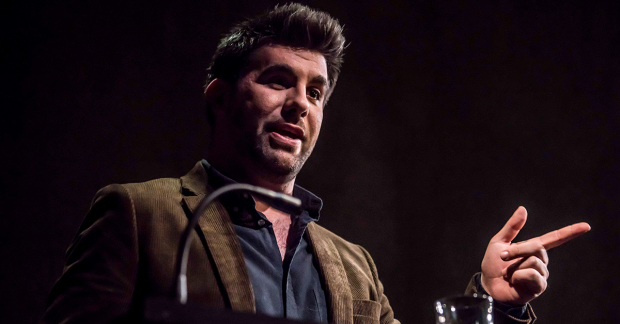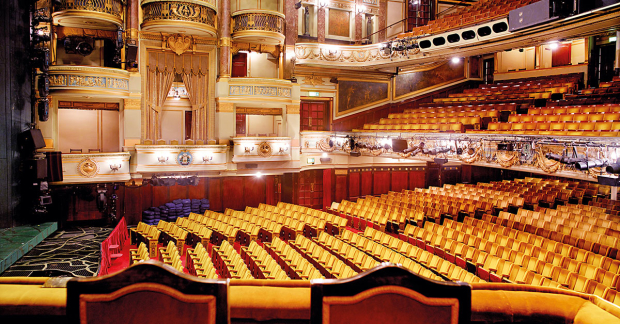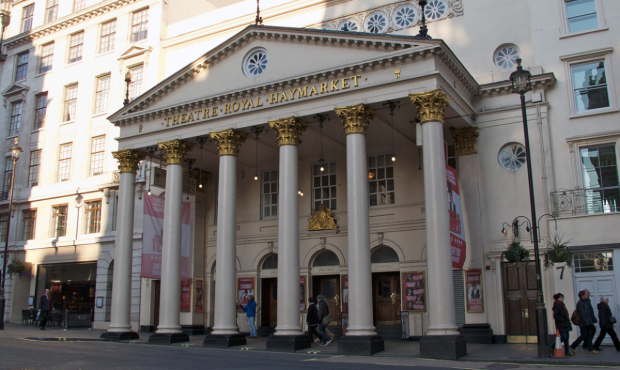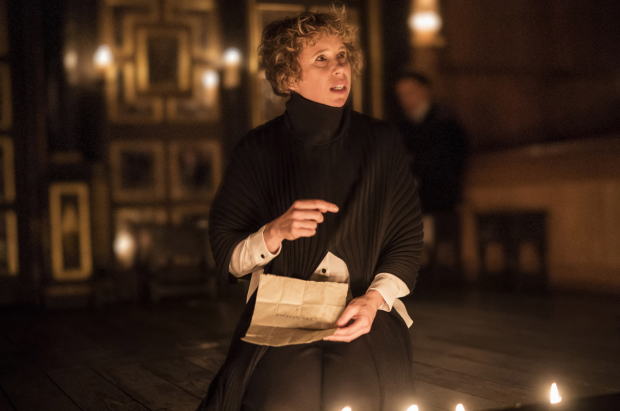Spooky stage stories – horror in the West End
As ”Ghost Stories” gears up to return to the West End, here are ten creepy theatre tales to make your skin crawl

© Chris Payne

© Peter Dazeley 2012
1. Theatre Royal, Drury Lane
Widely recognised as the world's most haunted theatre, a number of ghosts populate the corridors of Drury Lane in Covent Garden. The Man in Grey is the most prominent apparition – eyewitness accounts have long reported a man dressed in a cloak and tricorn hat stalking the upper circle of the theatre. His partner in crime whilst haunting the theatre is the ghost of comedian Joseph Grimaldi.
2. Adelphi Theatre
Close behind Drury lane in the spook stakes is the neighbouring Adelphi, which has become closely linked with the ghost of a man murdered there over one hundred years ago, William Terriss. Stabbed to death at the venue by a deranged actor, Terriss's tortured spirit will linger around Covent Garden tube and the Adelphi for eternity.
3. Phoenix Theatre
Beneath the grounds right next to the Phoenix Theatre lies the final resting place for thousands of Londoners that perished during the Great Plague of London in 1665 – 1666. The Plague killed roughly 100,000 citizens (about a quarter of the city's population) in just eighteen months and many of them rest close to the Phoenix's foundations in the subterranean crypt at St Giles church.
4. Trafalgar Studios
Trafalgar Square is steeped in history but what many members of the public do not know is that just by Charing Cross and Trafalgar Studios is an area with an extremely savage past. Next to the square's statue of Charles I once stood stocks that were used as a location for not only public shame and physical harm but executions also.
5. Tower of London
A place that needs little introduction, since its construction hundreds of years ago the Tower of London has built a strong reputation as one of the most haunted spots in the entire country. Infamous as a setting for royal deaths, perhaps the Tower's highest-profile casualty is Henry VIII's second wife Anne Boleyn – earlier this year, Six the Musical performed a special flashmob with fans outside of the Tower's walls.
6. Ghost Trains
London is famed for being the first city in the world to have an underground train network but what is far less common knowledge is that many of the city's tube stops and their tunnels are abandoned. Aldwych station on the Strand is the most recognisable of these deserted and forgotten terminals – it is a frightening prospect to think of the spectres moving throughout this eerie network, right underneath some of our biggest stages.

© Andrea Vail (CC BY-ND 2.0)
7. Theatre Royal Haymarket
With such gruesome and macabre stories, it seems necessary to include at least one friendlier phantom on this list. John Baldwin Buckstone, former manager at the Theatre Royal Haymarket, has been spotted by actors as celebrated as Dame Judi Dench and Patrick Stewart. Buckstone was a prominent presence during his life at the theatre and is said to be a happy spectre in the afterlife.
8. New Wimbledon Theatre
During the 1980s, when the New Wimbledon Theatre was undergoing a multi-million pound renovation project, a sprinkler system mysteriously began in the middle of the night. To make matters stranger, when the fire brigade arrived nothing was found to explain why the system had malfunctioned. Paranormal medium Alan Barnett was called to the scene who sensed a number of disturbing spectres at the venue – it is suspected that these powers started the waterworks.

© Johan Persson
9. The Globe/ The Scottish Play
"Double, double toil and trouble;
Theatre burn, and cauldron bubble."
Shakespeare and his work have a mystifying relationship with London's theatres. One of the more widely known Shakespearean superstitions is of course "The Scottish Play" or "The Bard's Play" myth – with these names substituted for M––––––. Despite the prestige that is attached to the modern Globe on the Southbank, it is important to note the original theatre was burnt to a crisp in 1613 following a stage effect mistake during a rendition of Henry VIII.
10. Ghost Light
Ending our list with a final theatre myth is the superstition behind the real reason for ghost lights. Whilst some thespians argue this is purely a safety procedure, designed to protect people from injuring themselves with props or falling into orchestra pits, others believe these lights are designed to ward off evil and harmful spirits. Whether for protection from broken limbs or ghosts, the benefits of their design are inarguable.


















